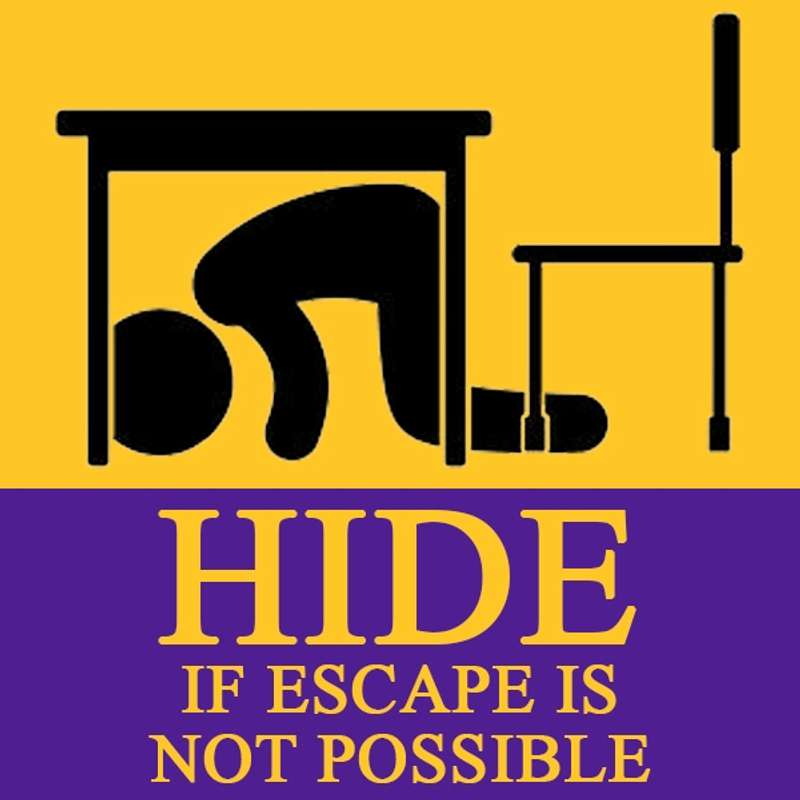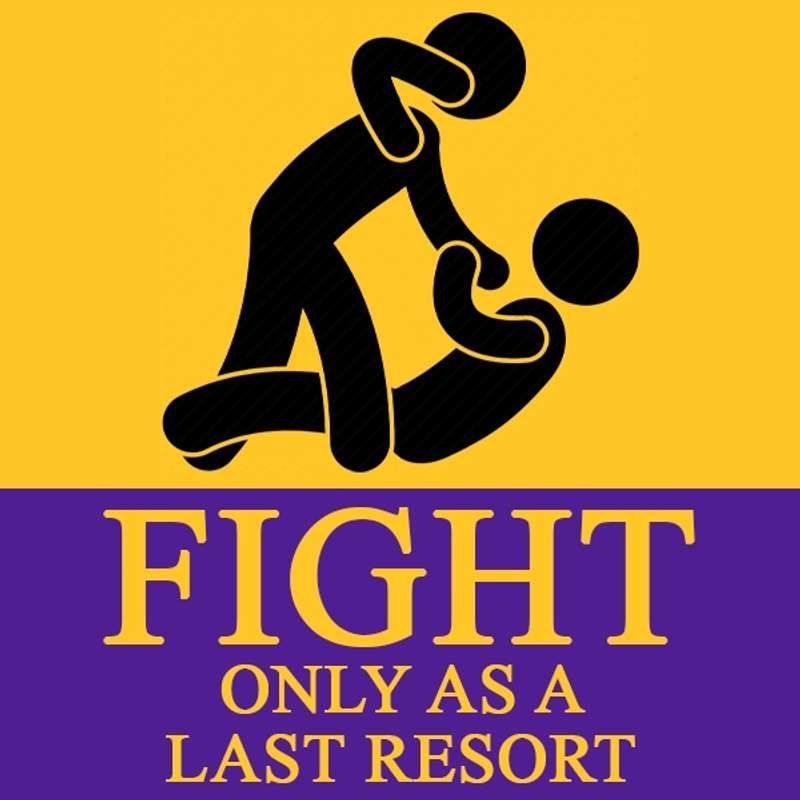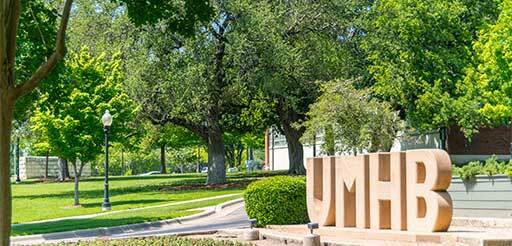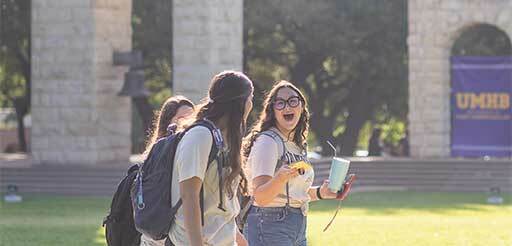Typically, the immediate response of law enforcement is to stop the shooting and to mitigate harm to victims. Because active shooter situations are often over within 10 to 15 minutes, individuals must be immediately prepared, both mentally and physically, to deal with an active shooter situation. Being informed and knowing what to do when confronted with a violent situation is critical.
As a result, the University of Mary Hardin-Baylor developed the following Active Shooter training program. Each employee of the University is required to complete this training. While this training is optional for students, we do encourage students to participate.
This webpage describes what to do if you find yourself in an active shooting event, how to recognize signs of potential violence around you, and what to expect after an active shooting takes place. Remember during an active shooting to RUN > HIDE > FIGHT.
Be Informed
- Be aware of your environment and any possible dangers.
- Make sure your CruAlert Contact information is up to date. Students do so via myCampus in the myAccounts tab, where they may enter multiple telephone points of contact. Employees do so via a Change of Personnel Information Form found in the Human Resources Employee Portal.
- Know what to do when the University activates the CruAlert system. The activation of the CruAlert system might be your first indication of an emergency on campus. Based on the information you have at the time, you must decide on your best course of action: Run > Hide > Fight.
- Participate in active shooter training, provided under the “Associated Content” section below.
- Be aware of your reporting options.
- If you see something suspicious or alarming, say something to a University official right away or dial 911.
- If additional support and training are needed, request a site visit by the UMHB Police Department. Officers will assist you in developing a localized response plan.
Before the Event
- Develop a response plan with your coworkers. Make sure everyone knows what to do if confronted with an active shooter.
- Look for the two nearest exits anywhere you go, have an escape path in mind, and identify places you could hide.
- Understand the plans for individuals with disabilities and functional needs.
During the Event

RUN and escape if possible.
- Getting away from the shooter or shooters is the top priority.
- Leave your belongings behind and get away.
- Help others escape, if possible, but evacuate regardless of whether others agree to follow.
- Warn and prevent individuals from entering an area where the active shooter may be.
- Call 911 when you are safe and describe the shooter, location, and weapons.

HIDE if escape is not possible.
- Get out of the shooter’s view and stay very quiet.
- Silence all electronic devices and make sure they won’t vibrate.
- Lock and block doors, close blinds, and turn off lights.
- Don’t hide in groups; spread out along walls or hide separately to make it more difficult for the shooter.
- Try to communicate with Police silently. Use text message or social media to tag your location, or put a sign in a window.
- Stay in place until law enforcement gives you the all clear.
- Hide behind as much protection as possible if shots are fired in your direction.

FIGHT as an absolute last resort.
- Be prepared to cause severe or lethal injury to the shooter.
- Commit to your actions and act as aggressively as possible against the shooter.
- Recruit others to ambush the shooter with makeshift weapons like chairs, fire extinguishers, scissors, books, etc.
- Throw items and improvise weapons to distract and to disarm the shooter.
After the Event
- Keep hands visible and empty.
- Know that law enforcement’s first task is to end the incident and they may have to pass injured along the way.
- Realize that officers may be armed with rifles, shotguns, and/or handguns and may use pepper spray or tear gas to control the situation.
- Understand that officers will shout commands and may push individuals to the ground for their safety.
- Follow law enforcement instructions and evacuate in the direction from which they came, unless otherwise instructed.
- Take care of yourself first, and then you may be able to help the wounded before first responders arrive.
- If the injured are in immediate danger, help get them to safety.
- While you wait for first responders to arrive, provide first aid. Apply direct pressure to wounded areas and use tourniquets if you have been trained to do so.
- Turn unconscious people onto their sides to assist with breathing and keep them warm.
- Consider seeking professional help for you and your family to cope with the long-term effects of the trauma.
Associated Content
- Run > Hide > Fight ® Active Shooter Training Video
- Run > Hide > Fight ® Active Shooter Training Video with English Subtitles
- WARNING: When watching the video, know that there is a graphic shooting scene on the video from 1:14 to 1:22 minutes. Some people may wish to avoid this section of the video.
- Active Shooter Information Sheet (PDF)
- Make the Call This is an optional video which helps you be aware of suspicious behavior.
Credits
The University would like to express its gratitude to the United States Department of Homeland Security and the City of Houston, Texas, for providing information contained in this program.
Page last updated November 05, 2019



